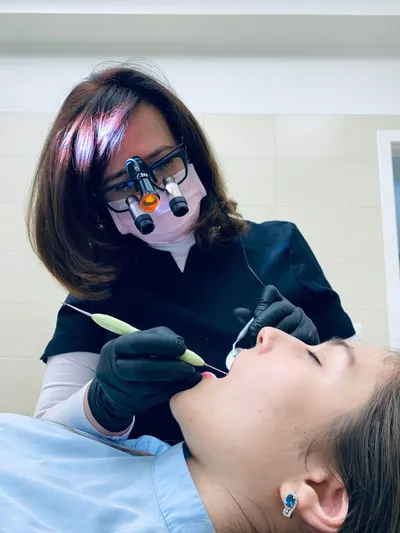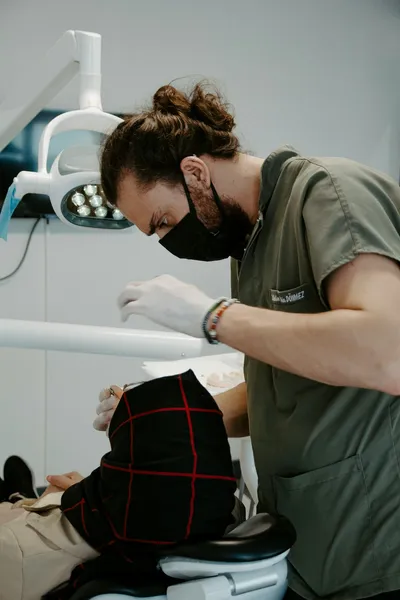
Introduction to 3D Imaging in Dentistry
The field of dentistry is constantly evolving, and one of the most groundbreaking advancements in recent years is the introduction of 3D imaging technology. This innovation is revolutionizing dental care by providing detailed images that enhance diagnostics and treatment planning. In this article, we will delve into how 3D imaging is being utilized in modern dental practices in Australia, the benefits it offers, and its various applications.
What is 3D Imaging?
3D imaging, also known as three-dimensional imaging, involves the use of advanced imaging technologies to create a digital, three-dimensional representation of a patient's dental structures. This includes teeth, bones, soft tissues, and nerves. Unlike traditional 2D X-rays, 3D imaging provides a more comprehensive view, allowing dentists to see intricate details with greater clarity.
Technology Behind 3D Imaging
The most common technology used in dental 3D imaging is Cone Beam Computed Tomography (CBCT). CBCT uses a cone-shaped X-ray beam to capture detailed images of the mouth, which are then processed to create a 3D model. This allows for precise measurements and more accurate diagnostics.
Benefits of 3D Imaging in Dentistry
The advent of 3D imaging in dentistry has brought about numerous benefits:
Enhanced Diagnostic Accuracy
3D imaging allows for more accurate detection of dental issues such as cavities, root fractures, and bone density problems that may not be visible with 2D X-rays. This leads to earlier and more effective treatment.
Improved Treatment Planning
With a comprehensive view of the patient's dental structures, dentists can create more precise treatment plans, especially for complex procedures such as dental implants, orthodontics, and oral surgery. This leads to better outcomes and reduced treatment times.
Minimized Patient Exposure to Radiation
While 3D imaging involves the use of X-rays, the amount of radiation exposure is significantly lower compared to traditional CT scans. This ensures patient safety while still providing high-quality images.
Applications of 3D Imaging in Dental Care
3D imaging technology is being utilized in various dental applications, enhancing patient care and treatment outcomes:
Implant Dentistry
For dental implant procedures, 3D imaging is invaluable in planning and placing implants with precision. It helps identify the exact position and angle for optimal integration with the jawbone, reducing the risk of complications.
Orthodontics
3D imaging is used to create detailed models of the teeth and jaw, allowing for more accurate planning of orthodontic treatments such as braces and clear aligners. This results in more efficient tooth movements and shorter treatment durations.
Endodontics
In root canal treatments, 3D imaging enables dentists to see the root canals and surrounding structures in detail, allowing for more thorough cleaning and filling. This improves the success rates of root canal treatments.
Oral Surgery
For procedures such as extractions and jaw surgeries, 3D imaging provides a clear view of the area being operated on, ensuring precise and safe surgical interventions.
The Future of 3D Imaging in Dentistry
As technology continues to advance, the use of 3D imaging in dentistry is expected to grow even further. Future innovations may include real-time imaging and even more detailed visualizations, revolutionizing dental care and improving patient outcomes.
In conclusion, 3D imaging technology is a game changer in the field of dentistry. Its ability to provide detailed and accurate images is enhancing diagnostic accuracy, treatment planning, and patient safety. As dental practices in Australia continue to adopt this technology, patients can look forward to receiving the highest standard of care.
Top Dental Health Articles
Discover our most popular dental health articles, featuring expert advice that our readers rely on.



